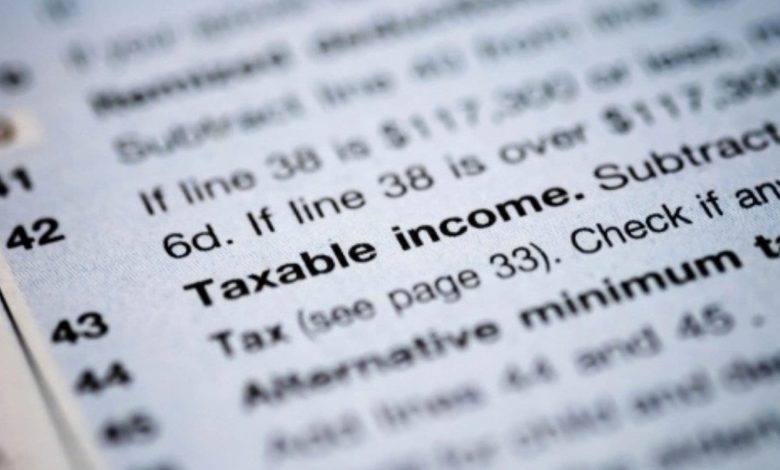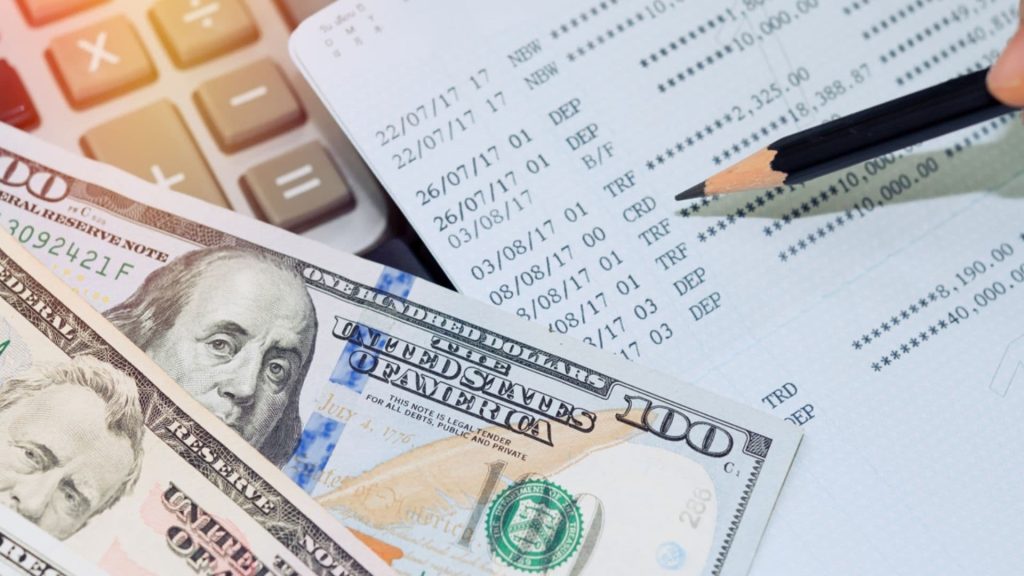
If you’ve stumbled upon the phrase “taxable amount not determined” while reviewing your tax documents—especially on forms like 1099-R or retirement distribution forms—you’re not alone. It’s one of those mysterious IRS phrases that seems to say everything and nothing at once. But here’s the deal: when you see “taxable amount not determined” on a tax form, it simply means that the payer didn’t calculate how much of the distributed amount is taxable, leaving it up to you (or your tax preparer) to figure it out. This label often appears on distributions from pensions, annuities, IRAs, and other retirement accounts where the IRS requires that the taxpayer (yes, that’s you!) use available records to determine how much of the amount received is taxable income. Understanding how to report the taxable portion of a retirement distribution, whether or not part of it was previously taxed, and what tools the IRS offers to help you figure it out can make a big difference in getting your tax return right. In this guide, we’ll unpack why this line appears, what to do when you see it, and how to avoid tax season stress—even if your form seems vague.

What Does “Taxable Amount Not Determined” Actually Mean?
The phrase appears most often on IRS Form 1099-R, which reports distributions from retirement plans. If Box 2a (Taxable Amount) is blank or says “Unknown,” and Box 2b is checked for “Taxable amount not determined,” it means the financial institution that issued the form doesn’t know how much of your distribution is taxable income.
This could happen for several reasons:
- You made after-tax contributions to your retirement plan.
- Your retirement distribution includes rollovers or nontaxable portions.
- The financial institution doesn’t have complete records to calculate the taxable amount accurately.
So they play it safe, and punt the ball back to you.
Common Forms That Include This Box
You’ll usually find this phrase on:
- Form 1099-R – Distributions from pensions, IRAs, annuities
- Form CSA 1099-R – For federal retirees
- Form CSF 1099-R – For survivors of federal retirees
What You’re Supposed to Do Next
Once you see that “taxable amount not determined” box checked, here’s what you need to do:
✅ Determine if Part of the Distribution Was Already Taxed
If you contributed after-tax dollars to your plan (for example, nondeductible IRA contributions), that portion isn’t taxed again. Only the earnings and pre-tax contributions are subject to tax.
✅ Use IRS Tools or Worksheets
You may need to use:
- Form 8606: If you had after-tax contributions to a Traditional IRA
- Simplified Method Worksheet: If you’re receiving annuity payments
- General Rule Worksheet: For complex pensions and annuities
✅ Work with a Tax Professional (If Needed)
If the math starts to feel like rocket science, it’s perfectly okay to consult a pro. They’ll help you calculate the cost basis (your contributions) and identify the taxable portion of the payout.

Why the Institution Doesn’t Determine the Taxable Amount
There are many legitimate reasons a company may not calculate your taxable portion:
- They don’t track your after-tax contributions
- You rolled over money between accounts
- You’re receiving non-periodic distributions
- You inherited an account with mixed contributions
Since the institution doesn’t have your full tax history, they opt out of estimating—avoiding potential errors and liability.
Real-Life Example
Let’s say you contributed $20,000 in after-tax dollars to a retirement account, and now you’re receiving a $50,000 distribution. Only $30,000 of that is taxable. But since your retirement provider doesn’t know about your after-tax contributions, your 1099-R shows “taxable amount not determined.” It’s now your job to prove and report that $20,000 was already taxed.
How to Report It on Your Tax Return
- If the taxable amount is fully taxable, report the whole amount from Box 1 on Line 4b or 5b of your Form 1040.
- If only part is taxable, calculate it and input only the taxable portion.
- Attach Form 8606, if applicable, to document your basis in the IRA.
How to Avoid Future Confusion
- Track all contributions to your retirement accounts (especially after-tax ones)
- Keep Form 8606 up to date each year you make nondeductible IRA contributions
- Ask your plan provider if they offer a “Tax Allocation Summary” or other reports
- When retiring, request documentation of your contributions and cost basis
Summary: Don’t Panic—Just Do the Math (or Get Help)
Seeing “taxable amount not determined” on a tax form isn’t an error—it just means the ball is in your court. With the right documentation, IRS worksheets, and possibly a helping hand from a tax pro, you can accurately calculate what’s taxable and stay in the good graces of the IRS.

❓FAQs
Q: What should I do if my 1099-R shows “taxable amount not determined”?
A: You’ll need to calculate the taxable portion yourself, possibly using IRS Form 8606 or a worksheet.
Q: Is “taxable amount not determined” a mistake?
A: No, it just means the issuer doesn’t have enough information to determine the taxable part of your distribution.
Q: What if I don’t calculate it and just report the whole thing?
A: You may end up paying more taxes than necessary. It’s always better to report accurately.